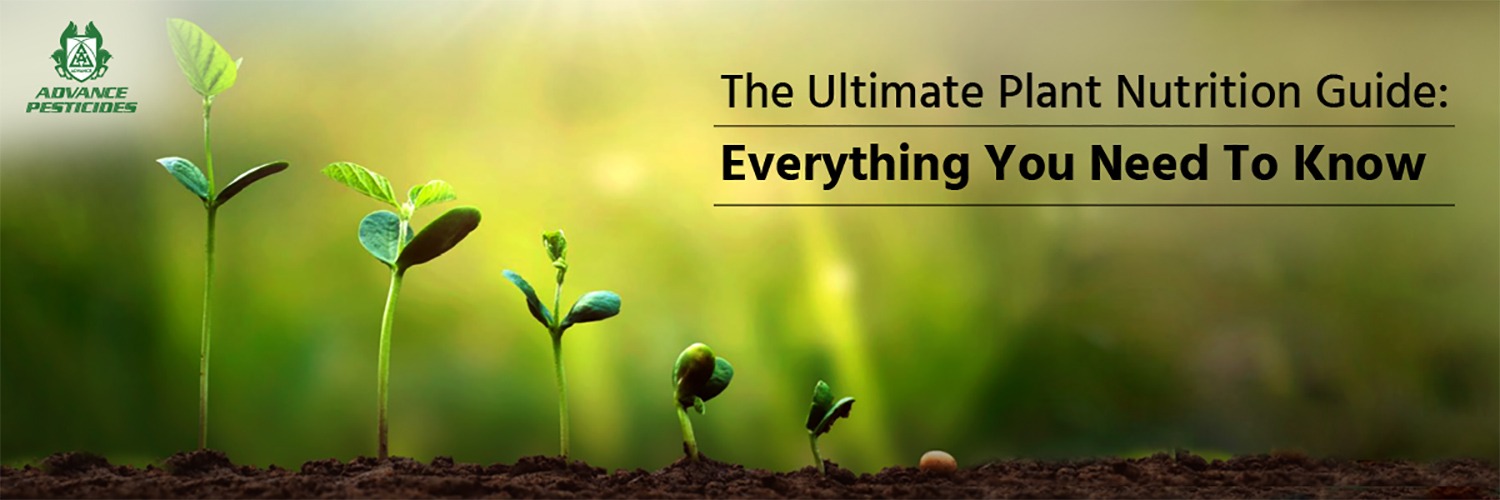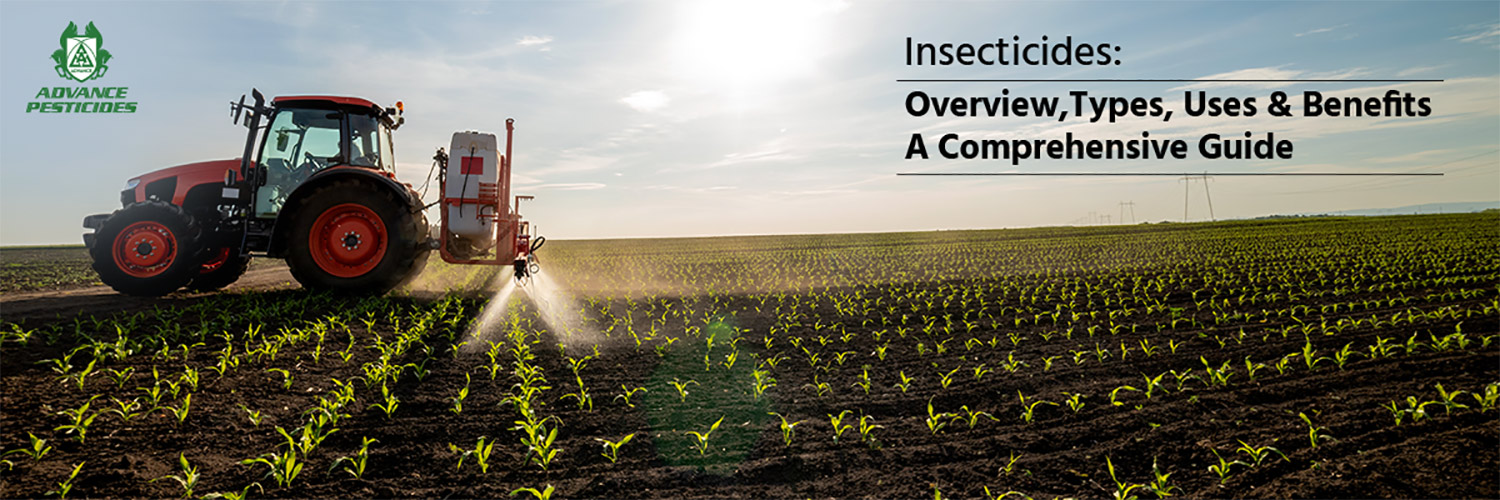The Ultimate Plant Nutrition Guide: Everything You Need to Know

What Is Plant Nutrition?
Plants, like all living organisms, require a continuous supply of nutrients to grow, develop, and thrive. Plant nutrition refers to the process through which plants obtain and utilize essential elements for their metabolic activities and overall well-being. It involves the uptake of minerals from the soil, along with the synthesis of energy-rich compounds through photosynthesis. Understanding plant nutrition is vital for cultivating healthy crops, maintaining lush gardens, and preserving ecological balance.
Why Is Plant Nutrition Important?
- Healthy Growth
- Photosynthesis
- Resistance to Stress
- Reproduction and Fruit Production
- Ecosystem Balance
What Are The Different Nutrients That Plants Need?
The essential mineral nutrients required by plants can be categorized into two groups: macro-nutrients and micro-nutrients. Macro-nutrients, which are needed in relatively large quantities, include elements such as nitrogen, phosphorus, potassium, calcium, magnesium, and sulfur. These elements are involved in various vital processes like protein synthesis, energy transfer, and structural support.
On the other hand, micro-nutrients, also known as trace elements, are needed in smaller amounts. They include elements like iron, manganese, zinc, copper, boron, molybdenum, and chlorine, among others. Even though these elements are required in minute quantities, they are equally essential for the proper functioning of specific enzymes and other biochemical reactions within the plant.
These nutrients are obtained by plants from the surrounding soil, and their availability and balance significantly impact plant health and productivity. Properly understanding the nutrient requirements of plants is crucial for optimizing agricultural practices, enhancing crop yields, and ensuring sustainable food production for a growing global population.
Macro-Nutrients
Let's explore the six essential macro-nutrients in detail:
1. Nitrogen (N): Nitrogen is a fundamental component of proteins, enzymes, chlorophyll, and nucleic acids. It plays a key role in various cellular processes, including photosynthesis and the synthesis of essential bio-molecules. Adequate nitrogen is necessary for promoting vigorous vegetative growth in plants.
2. Phosphorus (P): Phosphorus is essential for energy transfer processes in plants. It is a crucial element in ATP (adenosine triphosphate), the energy currency of cells. Phosphorus also aids in root development, seed formation, and overall plant maturation.
3. Potassium (K): Potassium is involved in regulating various physiological processes, such as water uptake and transpiration, enzyme activation, and protein synthesis. It contributes to the overall health and disease resistance of plants.
4. Calcium (Ca): Calcium plays a vital role in cell wall structure and stability. It is essential for proper root development and cell division. Calcium also acts as a secondary messenger in signal transduction pathways, enabling plants to respond to various environmental cues.
5. Magnesium (Mg): Magnesium is a central component of chlorophyll, the pigment responsible for capturing light energy during photosynthesis. It is critical for the synthesis of carbohydrates and overall energy production in plants.
6. Sulfur (S): Sulfur is essential for the formation of certain amino acids, proteins, and enzymes. It plays a crucial role in the synthesis of various secondary metabolites, including some plant defence compounds.
Micro-Nutrients
Let's explore the eight essential micro-nutrients that are crucial for plant health:
1. Iron (Fe): Iron is essential for chlorophyll synthesis, enabling plants to capture and utilize light energy efficiently during photosynthesis. It is also involved in the formation of enzymes responsible for energy transfer and nitrogen metabolism.
2. Zinc (Zn): Zinc plays a crucial role in the synthesis of auxins, a class of plant hormones that regulate growth and development. It is essential for seed formation and overall plant immunity.
3. Manganese (Mn): Manganese is a cofactor for several enzymes involved in antioxidant defence and photosynthesis. It aids in chloroplast development and plays a role in carbohydrate metabolism.
4. Copper (Cu): Copper is essential for various enzymatic reactions involved in lignin synthesis, which contributes to cell wall structure and plant strength. It is also crucial for reproductive processes in plants.
5. Boron (B): Boron is involved in the formation of cell walls and membranes, as well as the transport of sugars and other nutrients within the plant. It is essential for proper pollination and seed development.
6. Molybdenum (Mo): Molybdenum is a component of enzymes that are critical for nitrogen fixation and nitrate reduction in plants. It is vital for converting nitrogen into a usable form for plant growth.
7. Nickel (Ni): Nickel is a cofactor for the enzyme urease, which is involved in nitrogen metabolism. It helps in the conversion of urea into ammonia, making nitrogen available to plants.
8. Chlorine (Cl): Chlorine is involved in the process of photosynthesis, as it plays a role in the movement of water and ions within the plant. It also contributes to osmotic regulation and helps maintain plant turgor pressure.
Nutrient | Role/Function |
Macronutrients | |
Nitrogen (N) | Essential for leaf and stem growth |
Phosphorus (P) | Promotes root development and flowering |
Potassium (K) | Contributes to the general health and disease resistance |
Calcium (Ca) | Supports cell wall structure and nutrient transport |
Magnesium (Mg) | A key component of chlorophyll for photosynthesis |
Sulfur (S) | Essential for protein synthesis |
Micronutrients | |
Iron (Fe) | Critical for the synthesis of chlorophyll and photosynthesis |
Zinc (Zn) | Plays a role in enzyme activity and hormone regulation |
Manganese (Mn) | Involved in photosynthesis and nitrogen metabolism |
Copper (Cu) | Helps with enzyme activation and electron transport |
Boron (B) | Promotes cell wall formation and seed development |
Molybdenum (Mo) | Facilitates nitrogen fixation in legumes |
Chlorine (Cl) | Regulates stomatal function and water movement |
What Are Various Sources Of Plant Nutrients?
The growth and development of plants depend on a wide variety of nutrients. These nutrients can be obtained from different sources present in their surrounding environment. Understanding these sources is essential for ensuring plants receive the necessary elements to flourish.
Let's explore the various sources of plant nutrients:
1. Soil: Soil is a fundamental source of plant nutrients. It contains a reservoir of essential minerals that are absorbed by plant roots. The nutrient content in the soil can vary based on geographical location, climate, and soil management practices.
2. Water: Water acts as a carrier of nutrients and delivers them to plant roots. Dissolved minerals in water, such as calcium and magnesium, can be directly absorbed by plants during irrigation or natural rainfall.
3. Fertilizers: Fertilizers are specifically designed to supplement the nutrient content of the soil. They come in various forms, including synthetic and organic, and provide plants with essential elements that may be deficient in the soil.
4. Decomposing Organic Matter: Organic matter, such as compost and decaying plant materials, releases nutrients as it breaks down. These nutrients become available for plant uptake, contributing to soil fertility.
5. Air: Carbon dioxide from the air is a crucial component for photosynthesis, enabling plants to synthesize glucose and other organic compounds.
6. Symbiotic Relationships: Some plants form symbiotic relationships with certain fungi (mycorrhizae), which enhance nutrient uptake by increasing the effective root surface area.
7. Nutrient Cycling: Natural processes like the decomposition of organic matter, mineralization, and microbial activities contribute to the recycling of nutrients in ecosystems, making them available to plants.
How Do Plants Obtain Nutrients?
Plants have developed sophisticated mechanisms to obtain nutrients from their environment. The process through which they acquire essential elements involves a combination of active and passive mechanisms. Here's how plants obtain nutrients:
- Root Absorption
- Passive Transport
- Active Transport
- Mycorrhizal Associations
Factors Affecting Nutrient Availability to Plants
Several factors influence the availability of nutrients in the soil and their uptake by plants. Understanding these factors helps in managing plant nutrition effectively. Here are the key factors affecting nutrient availability to plants
- Soil pH
- Soil Organic Matter
- Temperature and Moisture
- Soil Texture
- Competition and Interactions
- Fertilization Practices
- Environmental Stress
- pH-Dependent Nutrient Locking
Managing these factors effectively is crucial for optimizing nutrient availability and ensuring healthy plant growth and productivity. Regular soil testing and implementing appropriate agricultural practices can help address nutrient deficiencies and maintain optimal nutrient levels in the soil.
How to Measure Plant Nutrients?
Accurate measurement of plant nutrients is essential for understanding the nutrient status of soil and plants, enabling farmers and gardeners to make informed decisions about nutrient management. Several methods and tools are available to measure plant nutrients, each suited for specific nutrients and purposes. Let's explore some common techniques for measuring plant nutrients:
- Soil Testing
- Leaf Tissue Analysis
- Nutrient Testing Kits
- Electrical Conductivity (EC) and pH Meters
- Chelation-Extraction Method
Plant Nutrition Management Best Practices
Effectively managing plant nutrition is vital for promoting healthy growth, maximizing yields, and ensuring sustainable agricultural practices. Here are some best practices for plant nutrition management:
- Soil Testing and Analysis
- Balanced Fertilization
- Organic Matter Incorporation
- Appropriate Fertilizer Application Timing
- Efficient Irrigation
- Crop Rotation and Diversity
- Integrated Nutrient Management
- Monitoring and Adjustment
By following these best practices, farmers and gardeners can effectively manage plant nutrition, leading to healthier plants, improved crop yields, and sustainable agricultural practices.
FAQs of Plant Nutrients
Q1. Where Are The Mineral Nutrients Mostly Used In Plants?
Mineral nutrients are used by plants in various parts and processes. Nitrogen is vital for leaf and stem development, phosphorus is utilized in root growth and flowering and potassium is essential for overall plant health and stress tolerance. Calcium and magnesium are critical for cell structure and chlorophyll synthesis, and sulfur is utilized in amino acid and protein formation.
Q2. Which Nutrient Is Responsible For Vegetative Growth Of Plants?
Nitrogen is primarily responsible for promoting vegetative growth in plants. It stimulates the formation of new leaves, stems, and branches, resulting in lush and vigorous plant growth.
Q3. How Are Plant Nutrients Replenished In The Soil?
Plant nutrients are replenished in the soil through various natural processes. The decomposition of organic matter, such as plant residues and animal manure, releases nutrients back into the soil. Additionally, mineral weathering and the breakdown of rocks contribute to the release of mineral nutrients over time.
Q4. What Is Nutrient Deficiency In Plants?
Nutrient deficiency in plants occurs when one or more essential nutrients are insufficient or unavailable in the soil. This deficiency can result in various visible symptoms, such as yellowing of leaves, stunted growth, poor flowering, and reduced crop yields.
Q5. How to Make Nutrient-Rich Water for Plants?
To make nutrient-rich water for plants, you can prepare compost tea or nutrient solutions using fertilizers. Compost tea involves steeping compost in water to extract nutrients, which can then be used for watering plants. Nutrient solutions can be prepared by dissolving water-soluble fertilizers in water, ensuring the right nutrient concentrations for specific plant needs.
Conclusion
Understanding plant nutrition is essential for successful agricultural practices, sustainable food production, and maintaining the health of gardens and ecosystems. The availability of essential nutrients in the soil directly impacts plant growth, development, and overall productivity. From macronutrients like nitrogen, phosphorus, and potassium to micronutrients like iron, zinc, and boron, each nutrient plays a critical role in various physiological processes within plants. Proper management of plant nutrition involves soil testing, balanced fertilization, and the incorporation of organic matter to maintain soil fertility and prevent nutrient deficiencies or toxicities.
By adopting best practices in plant nutrition management, farmers and gardeners can ensure that their crops and plants receive the necessary nutrients to thrive. Regular monitoring, timely adjustments, and the use of integrated nutrient management approaches contribute to healthier plants and sustainable agricultural systems.
Boost Plant Growth and Defend Against Pests with Advance Pesticides
For effective plant nutrition management and pest control, consider using Advance Pesticides. Our products are designed to support healthy plant growth while protecting crops from harmful pests. Take the next step in ensuring robust and bountiful harvests with Advance Pesticides. Visit our website now to explore our range of innovative and reliable solutions for plant health and pest management.




